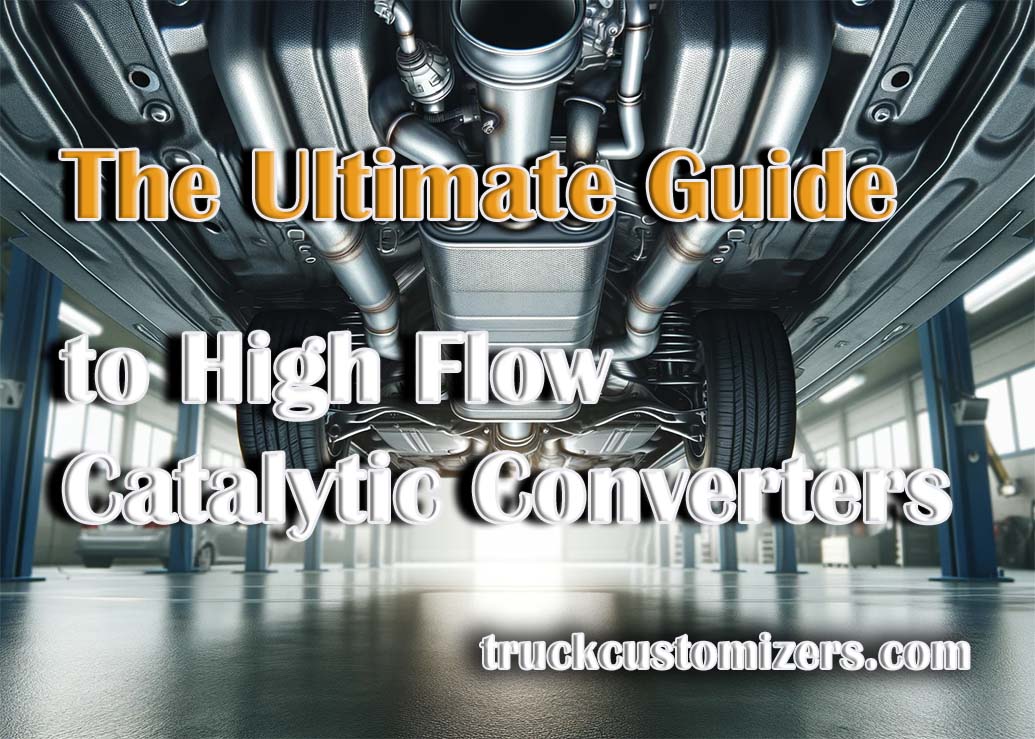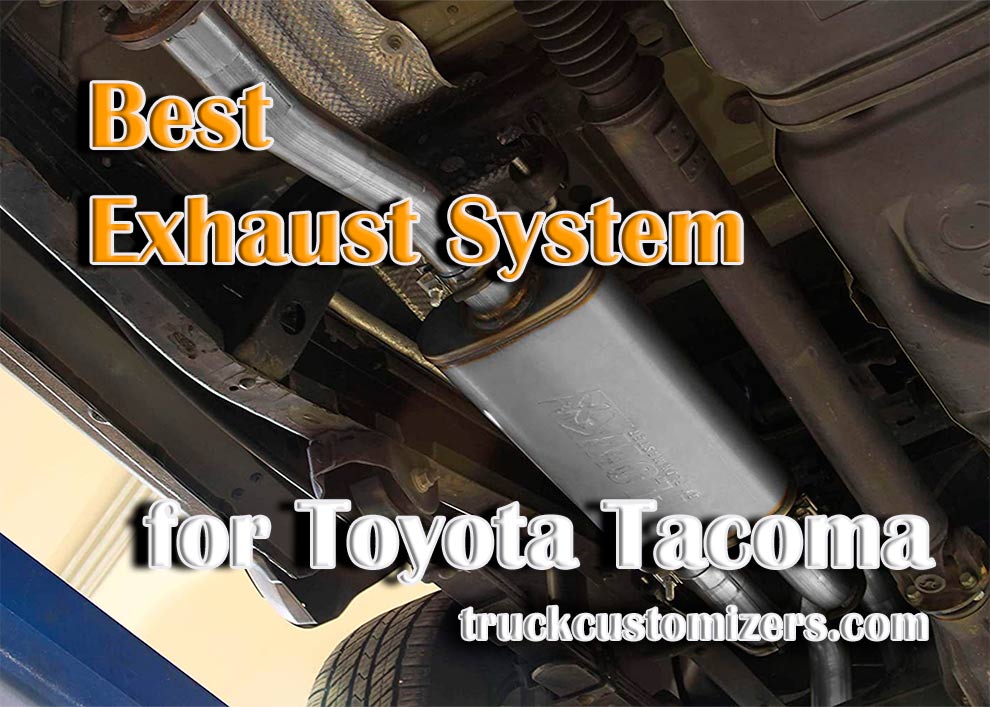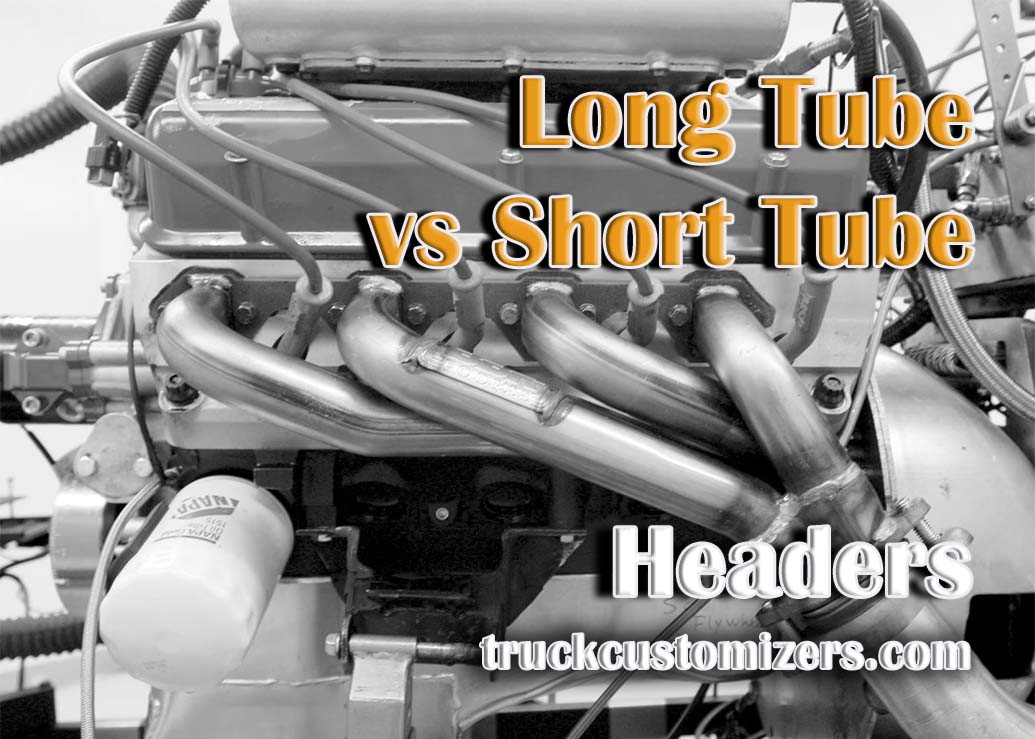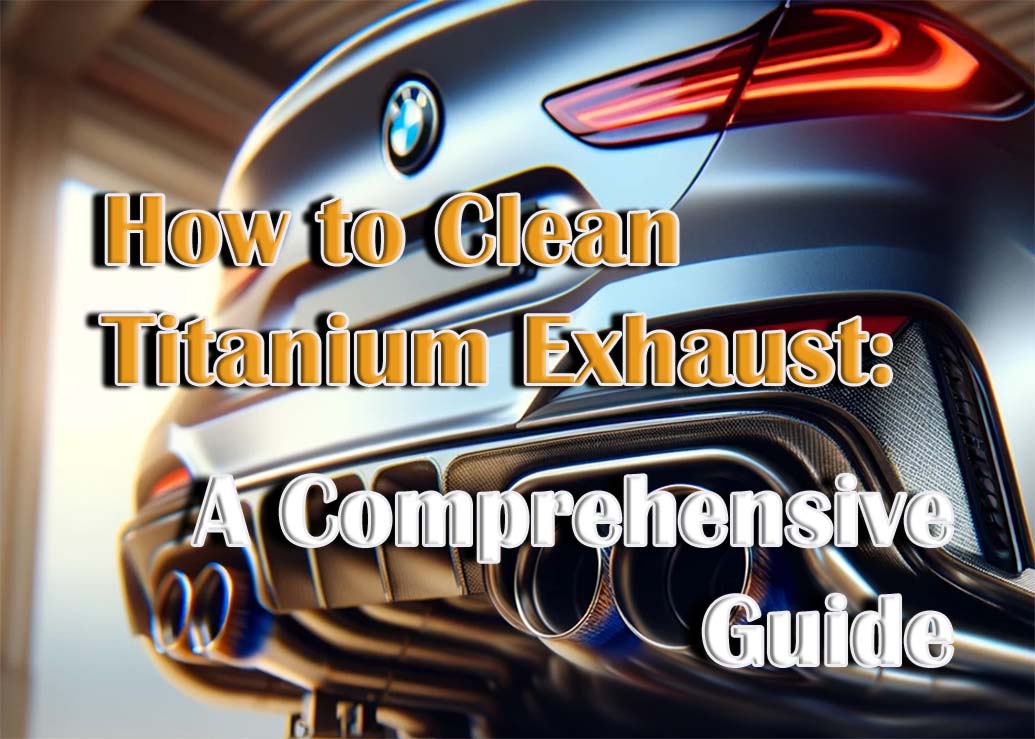Catalytic converters stand as a testament to automotive engineering’s ability to reconcile the need for power with environmental stewardship. Embedded within the exhaust system of virtually every vehicle powered by internal combustion engines, these devices play a pivotal role in reducing the harmful emissions produced during the combustion process. Utilizing a catalyst – typically composed of precious metals like platinum, palladium, and rhodium – they facilitate a chemical reaction that transforms noxious gases such as carbon monoxide, nitrogen oxides, and unburnt hydrocarbons into less harmful emissions like carbon dioxide, nitrogen, and water vapor. This transformation is crucial for meeting stringent emissions standards and protecting air quality.
Exploring High-Flow Catalytic Converters
The essence of high-flow catalytic converters lies in their design, which aims to reduce exhaust backpressure significantly. This is achieved through an internal structure that allows for a more efficient flow of exhaust gases compared to standard catalytic converters. By minimizing the resistance to the exhaust flow, these high-performance components enable the engine to expel exhaust gases more freely, reducing the workload on the engine and thereby enhancing its efficiency. The result is a noticeable improvement in horsepower, torque, and overall vehicle performance. High-flow catalytic converters are particularly beneficial for vehicles that have undergone other performance enhancements, as they help to maximize the gains from those modifications.
Benefits and Advantages
The adoption of a high-flow catalytic converter brings with it a suite of benefits:
- Increased Engine Efficiency: By alleviating backpressure, the engine operates more efficiently, translating to better fuel economy and power output.
- Enhanced Performance: Improvements in horsepower and torque are direct benefits of the reduced exhaust restriction.
- Environmental Compliance: Despite their performance orientation, quality high-flow catalytic converters are designed to meet emissions standards, ensuring that vehicles remain environmentally friendly.
- Durability: Many high-flow converters are constructed with robust materials that withstand the rigors of high-performance use.

Installation Considerations
Installing a high-flow catalytic converter is not a mere plug-and-play affair. It requires careful consideration of the vehicle’s existing exhaust system, the converter’s compatibility with the vehicle, and adherence to emissions standards. Proper installation is paramount to ensure the converter functions as intended, without introducing exhaust leaks or sensor issues that could trigger check engine lights or affect performance negatively. Furthermore, in vehicles equipped with advanced sensor systems, ensuring that the new converter does not interfere with the vehicle’s onboard diagnostics system is crucial.
Navigating Potential Drawbacks
While the allure of enhanced performance is compelling, potential drawbacks exist. Some regions have strict regulations on emissions modification, making it essential to verify the legal status of high-flow catalytic converters in your area. Additionally, the reduced backpressure, while beneficial for performance, may alter the exhaust note of the vehicle, leading to a louder or different sound profile, which might not be desirable for all owners.
Selecting a Quality High-Flow Catalytic Converter
Discerning quality in high-flow catalytic converters involves several key factors:
- Material Quality: Premium converters are often made with stainless steel and high-quality catalyst materials to endure extreme temperatures and conditions.
- Compatibility and Compliance: A converter that fits your vehicle model precisely and meets local emissions standards is crucial.
- Brand Reputation: Opting for converters from reputable brands can ensure reliability and performance. Brands like MagnaFlow and Flowmaster are renowned for their high-quality converters.
- Warranty and Support: A manufacturer’s warranty can provide peace of mind, ensuring support in the event of defects or issues.
For those looking to fully optimize their GMC’s performance, considering the best exhaust system for GMC models is crucial.
Conclusion
High-flow catalytic converters represent a strategic upgrade for those seeking to enhance their vehicle’s performance without compromising on emissions compliance. By understanding the benefits, installation nuances, and selection criteria, vehicle owners can make informed decisions that elevate their driving experience while contributing to environmental preservation. Remember, consulting with a professional installer or mechanic is advisable to ensure that any modifications are compatible with your vehicle and adhere to all local regulations.



